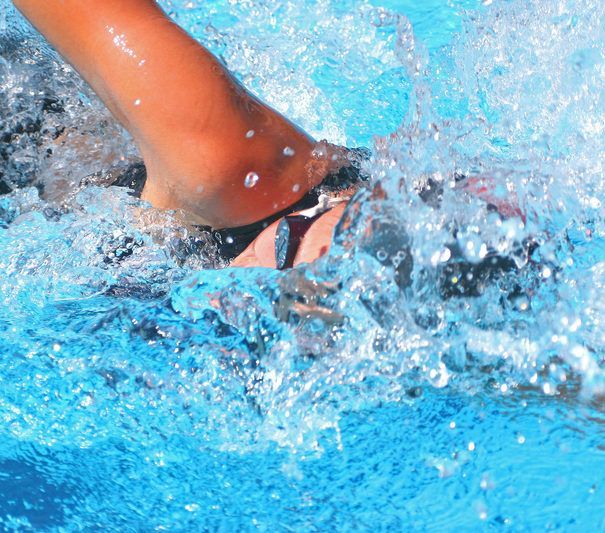3 Principles for Decreasing Your Drag while Swimming

Swimming can be a great way to exercise and improve your physical fitness. The resistance the water provides is part of what helps make it such an effective physical activity. It’s also where drag comes from. While some drag can be helpful, there are times when it’s better to decrease it. Do you know how?
Improving Balance
One of the first things you need to do to reduce your drag is to stay as horizontal in the water as possible. That means that you should avoid lifting your head when you come up for air and instead simply turn it sideways (unless you’re doing the breaststroke or butterfly stroke – those are a little different). If you lift your head, it disrupts the balance of your position and the rest of your body responds by dropping, even if only slightly. Decreasing the disturbance of your horizontal position will reduce your drag.
Swimming Tall
The idea behind this principle is that the longer you’re able to stretch your body out, the less width it has in the water, even if only by a little. The longer and less wide you are, the fewer water molecules your body will displace as you move forward, thereby reducing your drag. Think about making your body as long as possible in the water. Lengthen your arms during your strokes to help with this.
More Compact, Efficient Kick
You might think that your kick just helps propel you, but it can actually be holding you back if you don’t do it right. Remember the part about staying horizontal? Flutter kicks don’t really do that, do they? In order for your flutter kick to be as effective as possible, it needs to be compact and efficient. Your feet can break the water a little, but avoid allowing the feet to kick down below your body. Doing so will generate unnecessary drag and slow you down. Keep in mind that you should be able to move your legs faster when you kick because they’re moving a shorter distance. That will help you swim faster too.
Drag can help you build strength while you swim, but if you’re experiencing drag because of poor posture or form, that’s not actually doing you favors. If anything, you’re increasing your risk of injury. Aside from that, if your goal is to swim faster or decrease your swim times, you’ll need to reduce your drag to do so.
Does your form need a little work? Check out our private and semi-private swim lessons for those who need a little more personal attention in the water.
The post 3 Principles for Decreasing Your Drag while Swimming appeared first on Swim Jim.







